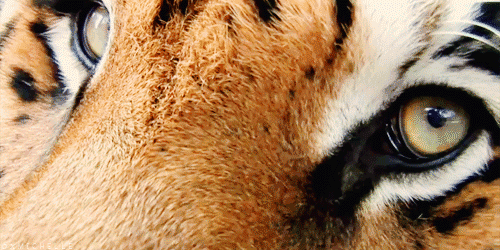January Night Sky Show - Constellations, Planets and Deep-Sky Objects
- Hlias Frgks
- Jan 2, 2017
- 2 min read

Constellations, planets and deep-sky objects, highlights of the January Sky.
After the Sun sets, look in the southwestern sky for bright Venus and for the fainter, reddish Mars above it. The two planets will edge closer toward each other as the month goes on.

In the middle of January, the big gassy planet Jupiter hanging out near the star Spica in the constellation Virgo. Jupiter makes an appearance in the eastern sky after midnight, alongside the bright star Spica. Use a telescope to spy the giant planet’s cloud bands and a few of its large moons.

Mercury and the ringed Saturn rises just ahead of the rising sun by mid-month. Just before dawn, search for Saturn and Mercury rising above the southeastern horizon. A small telescope will reveal Saturn’s rings. A larger telescope might also show what phase Mercury is in.

Constellations and Deep-Sky Objects
The winter sky is filled with brilliant stars. An ancient constellation, Auriga was pictured as a goat herder by the Greeks and Romans. Auriga is a beautiful circlet of jeweled stars, gracing the sky overhead.
Capella, the sixth-brightest star in the sky, is a double star. The two stars are yellow stars like our own Sun, but they are about 10 times larger and 50 and 80 times brighter.

Near Auriga is the large constellation Taurus, the Bull. In Greek legend, this group of stars represented Zeus in the disguise of a white bull with golden horns.
His eye is the orange Aldebaran, a red-giant star nearing the end of its life. The Bull’s V-shaped head is created by the Hyades, a beautiful cluster of stars, easily seen with the naked eye.

The Pleiades star cluster lies near the head of the Bull.
Large and bright, this star cluster is the best known in the sky and is often called “the Seven Sisters.” The unaided eye can see just six or seven stars, but the Pleiades cluster contains over 250. Binoculars showcase the cluster at its best.
The stars in this stellar swarm are hot and young. They are passing through a dusty cloud that reflects their blue light.

Clips, images credit: ESO, ESA/HUBBLE, HUBBLESITE & NASA








Comments